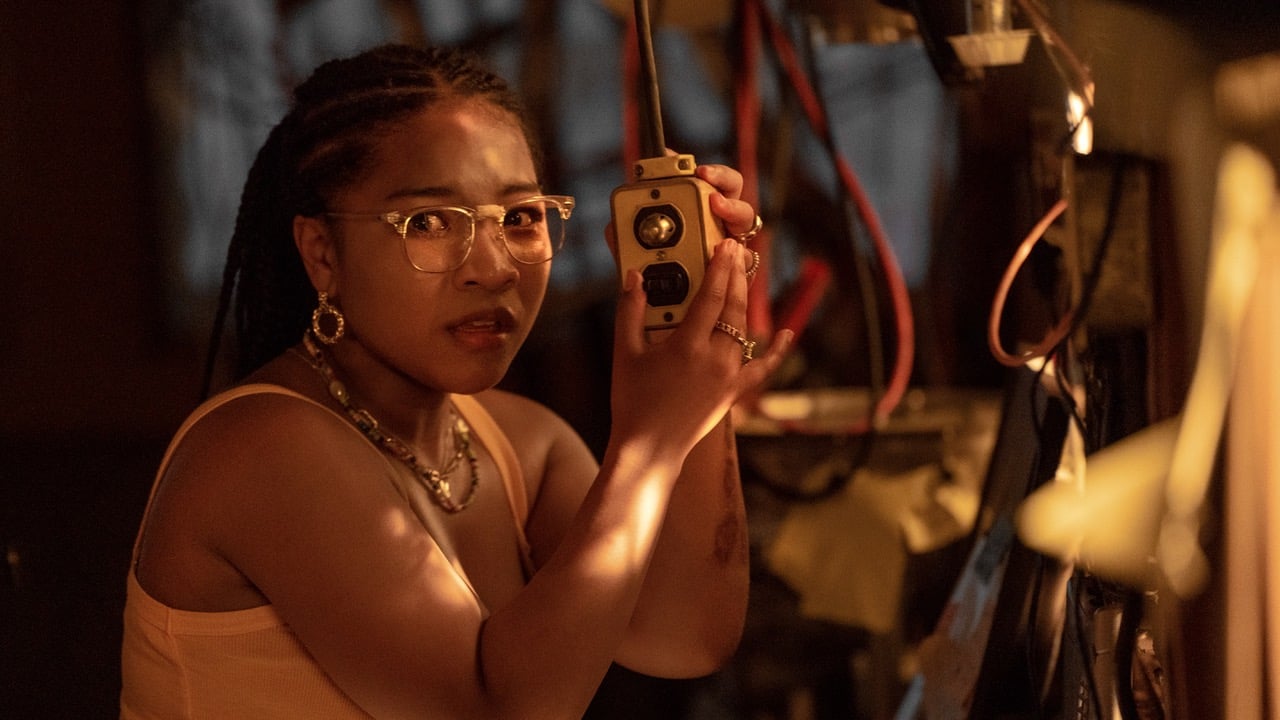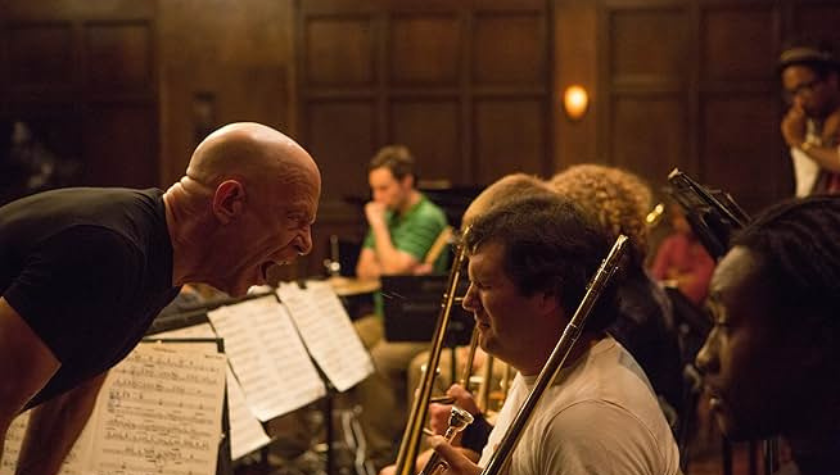6 Keys to Writing a Short Script
July 5, 2024
There are many reasons to write a script for a short film. Many emerging screenwriters will write, direct, and produce a short film to use as a calling card for their feature screenplays, either as a proof of concept for a specific feature script or to establish themselves on the film festival circuit. Whatever your reason for writing a short film script, here are six key elements to keep in mind when crafting your story.
Start With a Strong Concept
A great short film needs to grab the audience's attention from the start. Find a concept that is unique, surprising, or emotionally powerful. Whatever concept you choose, ensure it covers territory we haven’t really seen on film before.
The short film Greener Grass (which was made into a feature film in 2019) is a surreal comedy of manners set in pastel-tinted suburbia where even those with perfect teeth wear braces and soccer moms engage in kooky social acrobatics to impress each other. It’s an outlandish, laughable world unlike anything seen in film or TV.
.jpg?width=1929&height=1080&name=Greener%20Grass%20(2019).jpg)
Focus on Character
Even in a short film, well-developed characters are crucial for driving the narrative and engaging the audience. Spend time fleshing out your characters' motivations and objectives, especially your protagonist. Be clear about how your protagonist (or main character) changes in this story—and if that change is big, small, or nuanced.
Give each character a distinct voice and emotional quality that allows the audience to connect with them on a deeper level. Strong character development adds depth and authenticity to your screenplay.
In the short Thunder Road, Officer Jim, played by writer/director Jim Cummings, has a total meltdown at his mother’s funeral, culminating in an emotionally fraught song and dance to Springsteen’s “Thunder Road.” Trying to deal with the death of his beloved mother is a very relatable circumstance, but it’s the awkwardness of how he expresses his love for her that makes the film both powerful and hilarious.
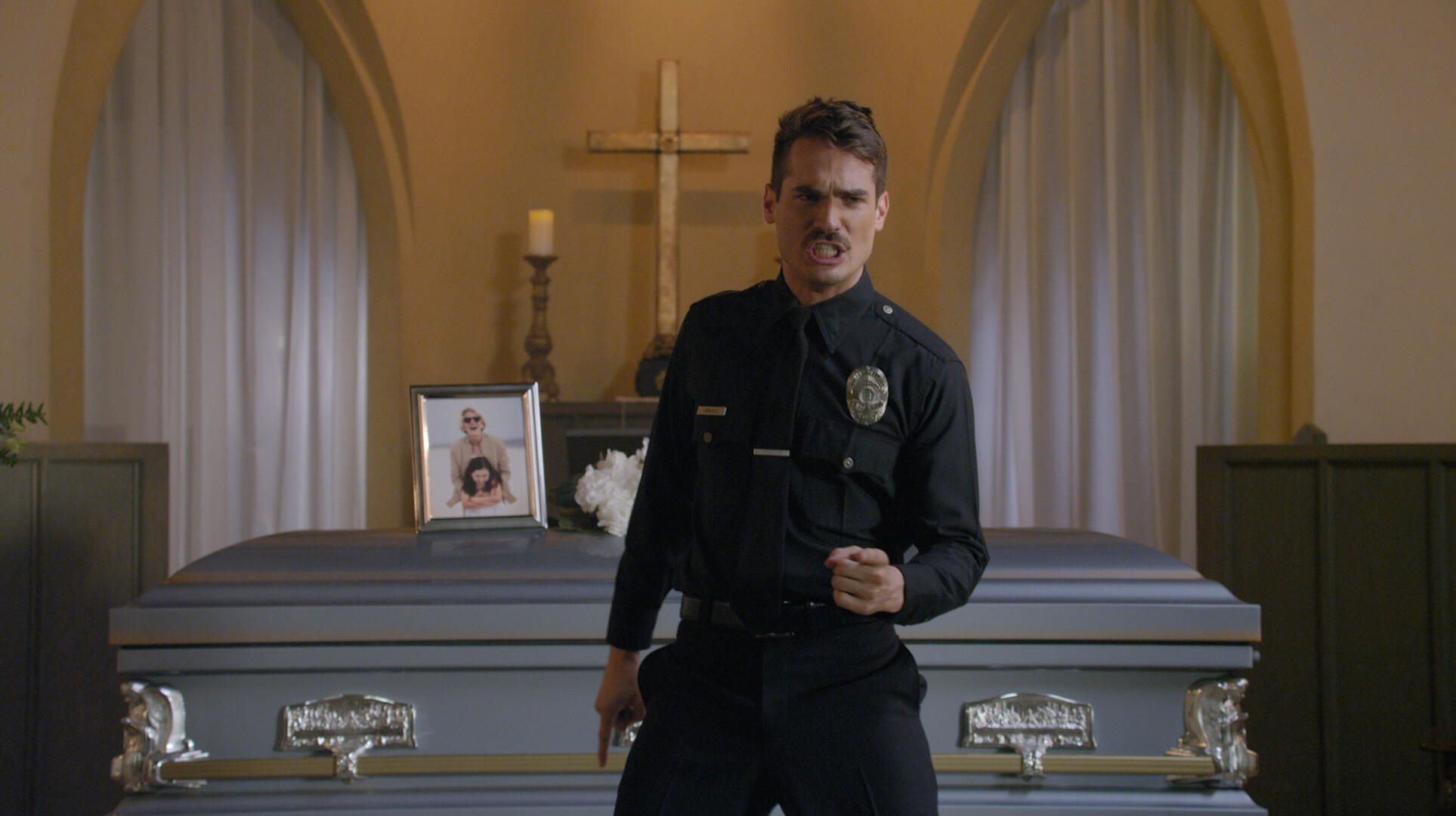
One Central Conflict
There should be one main event or central conflict in a short film. In Hair Love, we meet a little African American girl whose father is learning to style her hair for the first time. The central conflict/event in the story is her father battling the girl’s unruly hair. It may sound simple, but hair becomes its own character and a symbol of love in the film—especially when we meet the girl’s mother at the end.

Limit Your Locations
Due to the short amount of time you have to tell your story (and likely the limited production budget), try to limit your locations to just one. Moving locations when shooting takes extra time and money, so try to keep them very simple in the script.
Thunder Road takes place in a single location: the funeral chapel.
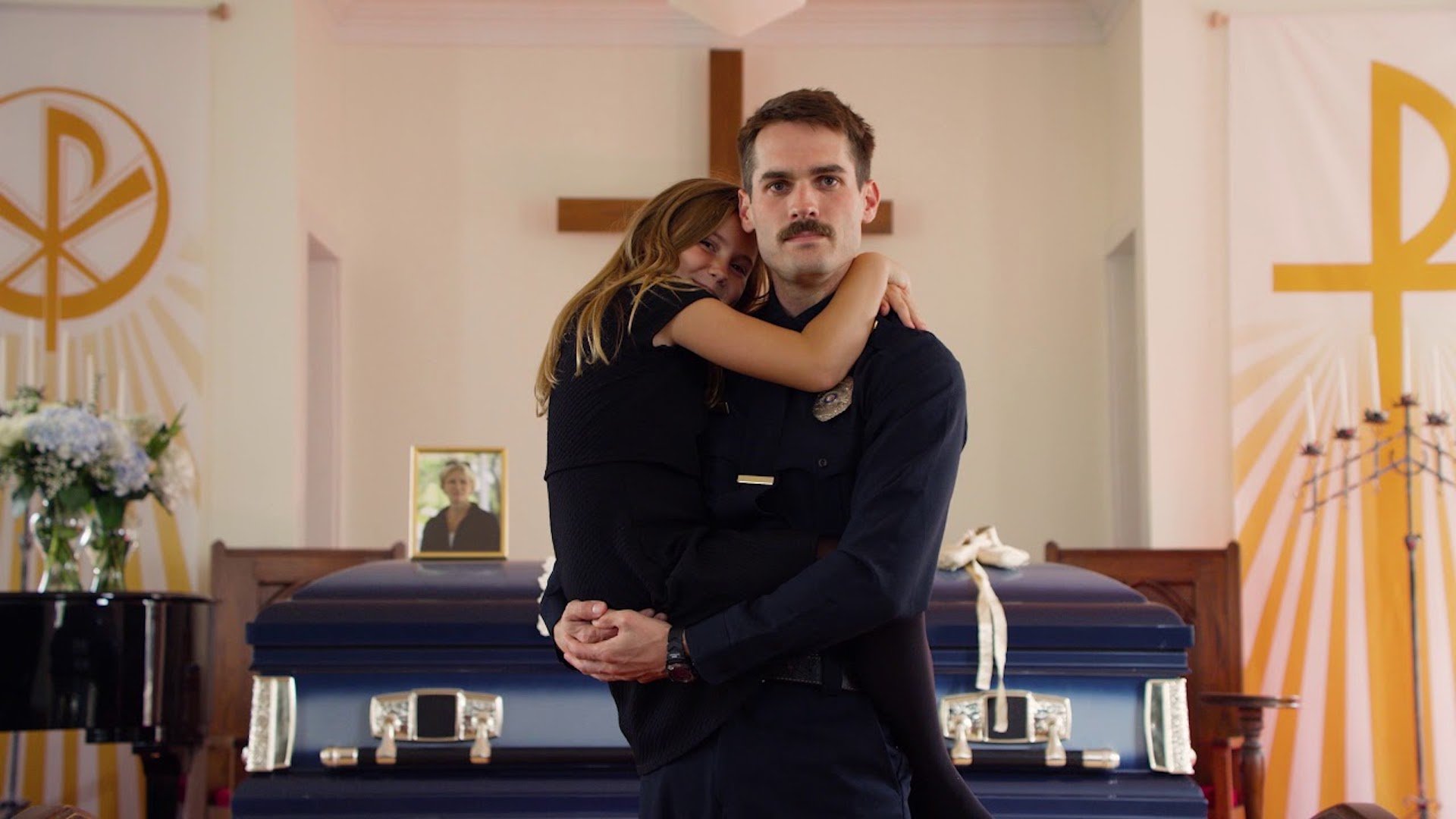
Focus on the Visually Story
In short films, visuals play a crucial role in conveying emotion, mood, and theme. The old adage "show, don't tell" will really serve you well in a short. Your locations, costumes, and props can act as visual cues, symbols, and metaphors to convey your story's themes and messages. Remember that in the visual medium of film, images have much more impact than dialogue.
The Oscar-winning short film Skin (which was made into a feature film in 2018) explores themes of racism based on skin color. Though the film is 21 minutes long, the dialogue is very limited. In the middle of the movie is a six-minute sequence made up of stark, shadowy images. All we hear is the sound of a tattoo gun. This is visual storytelling at its finest.

Keep It Short
There isn’t a lot of time to tell your story. Most festivals will want a short film under 15 minutes—that means a 15-page script or shorter. Make sure your story can be told clearly in a limited amount of time.
Start the story at the very last moment possible—as close to the climax as possible. Avoid wordy or lengthy exposition and keep dialogue at a minimum.
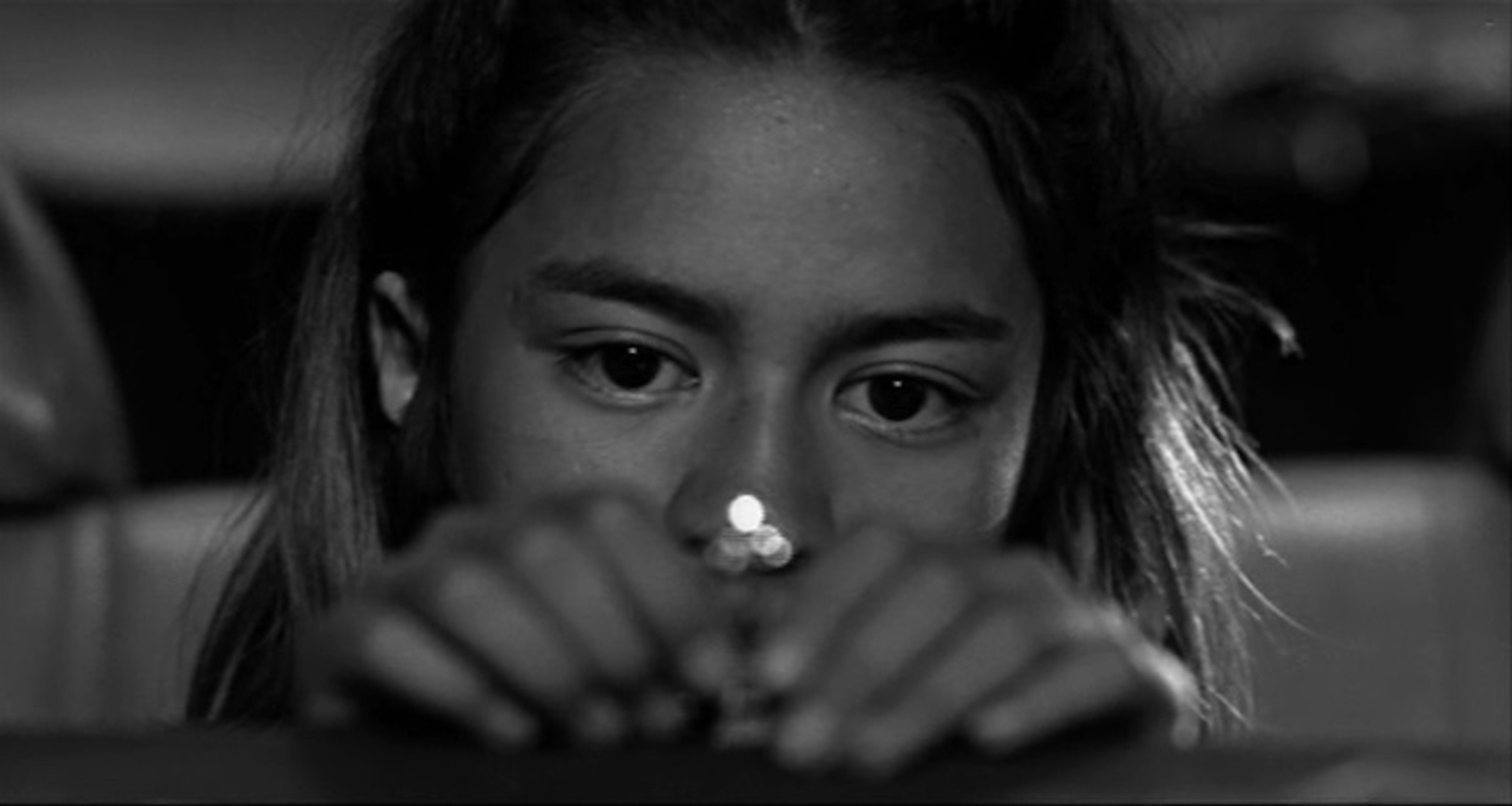
---
Writing a short film is a unique opportunity to step outside your comfort zone and briefly explore a character at a turning point in their lives. The climactic moment is short, and the epiphany brief, but the fun of this kind of storytelling comes from allowing yourself as the writer to streamline your story while infusing it with as much emotion as possible. Happy writing!
Written by: Shanee Edwards
Shanee Edwards is an L.A.-based screenwriter, journalist and novelist who recently won The Next MacGyver television writing competition to create a TV show about a female engineer and was honored to be mentored by actress/producers America Ferrera. Shanee's first novel, Ada Lovelace: The Countess Who Dreamed in Numbers was published by Conrad Press in 2019. Currently, she is working on a biopic of controversial nurse Florence Nightingale. Shanee’s ultimate goal is to tell stories about strong, spirited women whose passion, humor and courage inspire us all.- Topics:
- Screenwriting & Craft


